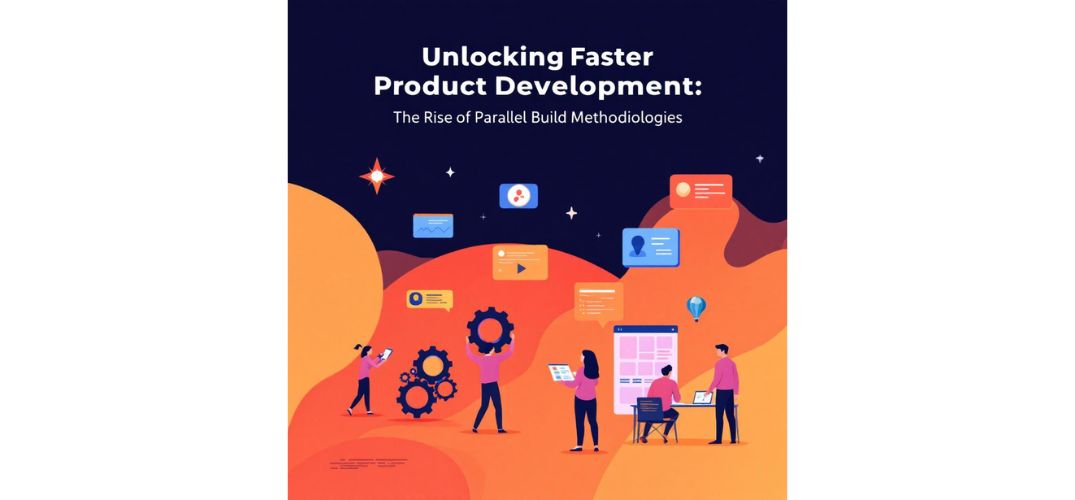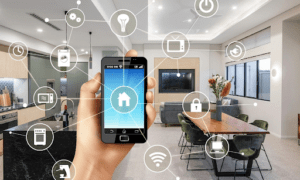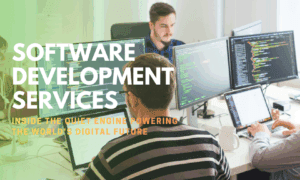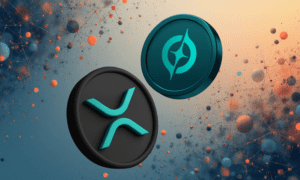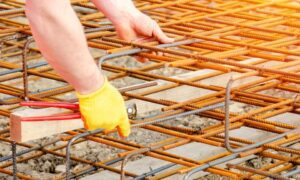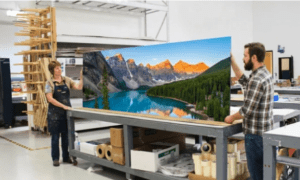In the fast-paced world of product development, traditional methodologies often struggle to meet the demands of compressed timelines and complex product requirements. One innovator, Pradeep Karanam, explores a breakthrough solution in his recent article: parallel build methodologies. These new approaches are reshaping the way products are developed, especially in industries such as consumer electronics and AR/VR hardware. By enabling multiple teams to work concurrently, parallel build systems are accelerating development and enhancing product quality.
The Shift from Sequential to Parallel Development
Product Lifecycle Management (PLM) is crucial for guiding the development of complex products. Historically, PLM followed a sequential approach, where each stage of development had to be completed before moving to the next. However, this method often results in significant delays, particularly when teams across different disciplines are waiting on each other to complete their tasks. Parallel build methodologies have emerged as a response to this challenge, allowing teams to work simultaneously on different revisions of a product, thus accelerating development times.
Core Principles of Parallel Build Methodologies
At the heart of parallel build systems is the concept of “branching,” which allows multiple versions of a product to be developed at the same time. This principle mirrors version control systems used in software development but is adapted for the more complex world of physical products. Through techniques like dynamic assembly labeling, non-destructive concurrent work, and selective inheritance, parallel build systems allow engineers to make modifications to different versions without interfering with each other’s work. These methodologies also foster better cross-functional collaboration, as teams from different departments can work on their parts of the product simultaneously.
Enabling Technologies for Parallel Development
The successful implementation of parallel build systems relies heavily on advanced technological solutions. Modern PLM systems are designed to handle these complexities, offering features such as multiple bill-of-material (BOM) views and variant management structures. These capabilities allow companies to manage multiple configurations of a product in parallel, ensuring that each version of a product is accurately tracked and updated as changes are made.
Overcoming the Limitations of Traditional Sequential Methods
Parallel build methodologies overcome many of the limitations associated with sequential development. For one, the traditional sequential approach often leads to “knowledge transfer latency,” where teams wait for information or decisions from other departments before they can proceed with their tasks. This waiting leads to delays, especially when revisions or changes need to be made later in the process.
In contrast, parallel development allows for constant integration and testing, reducing the time between revisions and facilitating the rapid incorporation of new ideas. Teams can work concurrently, making changes and testing them without having to wait for other teams to complete their tasks. As a result, companies can handle more changes in a product’s design without causing significant delays, leading to faster, more flexible development cycles.
Challenges and Best Practices for Implementation
While the benefits of parallel build methodologies are clear, implementing them is not without its challenges. Organizations need to ensure that their teams are properly trained to work in parallel and that they have the right technological infrastructure in place to support this type of development. It is also essential to establish strong governance structures that can manage the complexity of multiple, simultaneous work streams.
The Future of Product Development
The rise of parallel build methodologies marks a significant evolution in product lifecycle management. As the demand for faster product development intensifies across industries, these methodologies provide companies with the tools they need to stay competitive. The ability to work on multiple revisions concurrently not only speeds up the process but also enhances flexibility and responsiveness, key factors in meeting market demands.
In conclusion, parallel build methodologies are becoming essential for industries that require rapid product development and sophisticated design management. As technology continues to evolve, these methods will likely become the standard practice across a variety of industries, helping companies streamline their workflows and bring high-quality products to market faster. Pradeep Karanam’s exploration of these innovative methodologies highlights a crucial shift that will continue to shape the future of product development.

